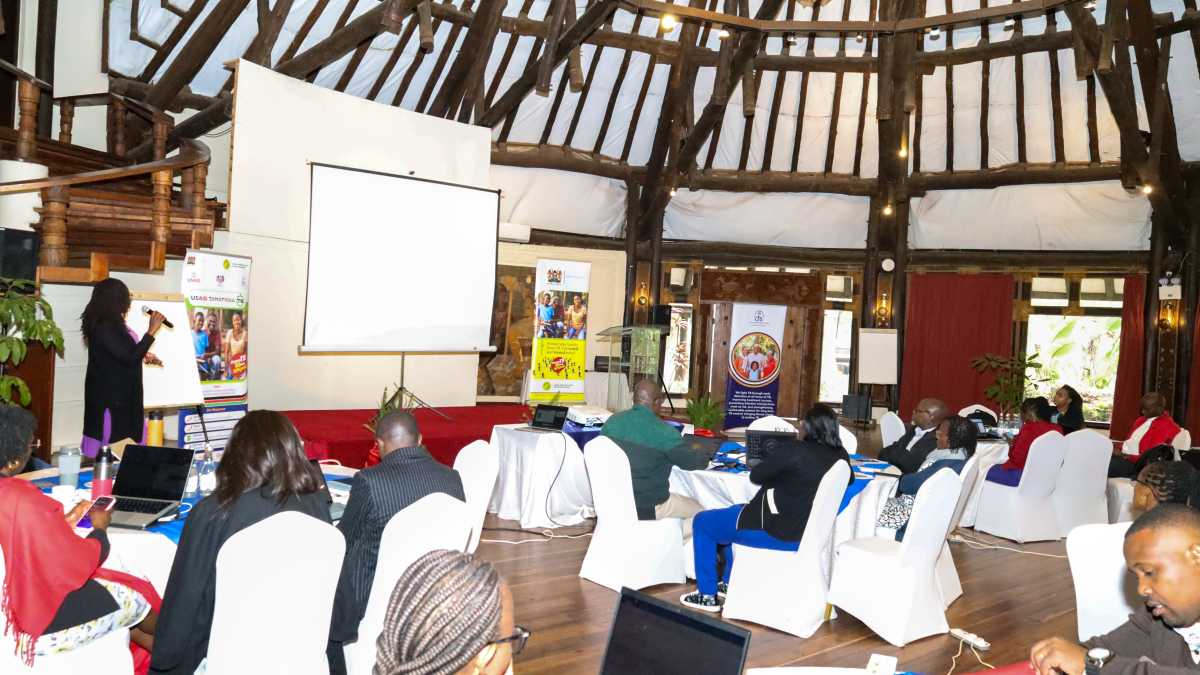Tuberculosis (TB) is still a major public health challenge in Africa, spreading easily across borders where people move for trade and daily life. A recent presentation on Cross-Border TB Management in Western Kenya highlighted challenges such as patient follow-up across borders, differing national treatment protocols, and gaps in coordinated detection. It also showcased innovative responses, including joint contact tracing and shared surveillance between countries.
Why Cross-Border TB Matters
- Mapping of TB diagnostic and treatment facilities across border counties.
- Sensitization of healthcare workers and community health volunteers on cross-border TB issues.
- Engagement of Beach Management Units (BMUs) to strengthen community outreach.
- Continuous medical education (CME) for facility-level staff.
- Integrated community outreaches in fishing communities to provide TB screening and linkage to treatment.
- Quarterly cross-border review meetings to align strategies with counterparts in Uganda.
- Development of inter-country referral directories and forms for smoother patient handover.
- TB case finding increased by 16–30% in supported counties.
- Community referrals improved by 5–35%, showing stronger community engagement.
- 282 Community Health Promoters were trained and supported in contact management.
- 1,109 bacteriologically confirmed TB cases were reported, with 75% of those screened initiated on preventive therapy.
- Outreach activities screened nearly 3,900 people, diagnosing 203 TB cases, all of whom were linked to treatment.
- A remarkable 88% of treatment interrupters and 76% of patients lost to follow-up were successfully brought back into care.
- Informal and irregular movement patterns that evade formal health systems.
- Limited project scope (focused only on Kenya and Uganda).
- Lack of consistent TB services along fishing beaches.
- Leakages due to informal border crossings.
- Community engagement is pivotal—CHWs and BMUs were essential in bridging gaps in TB detection and adherence.
- Cross-border collaboration improves outcomes by ensuring continuity of care.
- Understanding migration patterns helps design targeted interventions.
- Capacity building for health workers enhances diagnosis and management.
- The legal status of migrants can significantly affect access to TB care.
- Training health teams in harmonized cross-border health messaging.
- Leveraging digital and mobile health tools for surveillance and patient referrals.
- Engaging community-based organizations and networks already serving border communities.
- Establishing a regional TB stakeholder forum to advocate for more resources and political commitment.
- Ensuring cross-border TB is budgeted for within national health programs.

